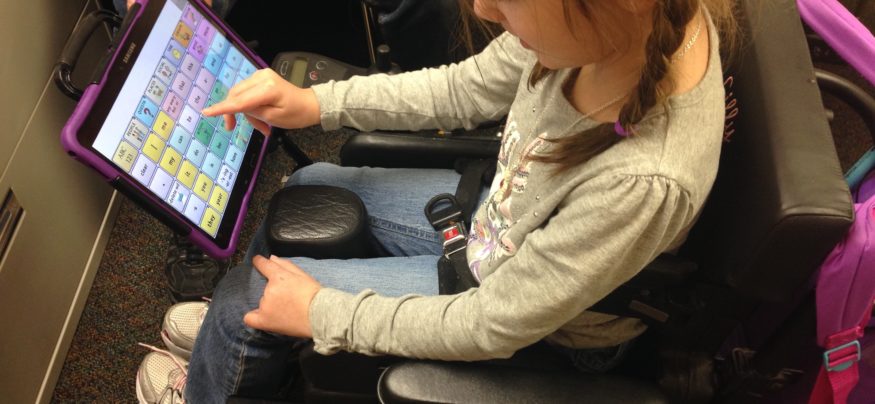new technology for special education students

Assistive technology has been a game-changer for special education students, providing them with independence and confidence they may not have otherwise had. With innovative technologies and tools available today, it is easier than ever for students with disabilities to excel in their academic pursuits and achieve their full potential.
Independence And Confidence: The New Assistive Tech To Empower Persons
If you are a special education student or know someone who is, you are likely aware of the difficulties that come with learning disabilities. These challenges can often make traditional learning methods difficult and can lead to feelings of frustration and hopelessness.
However, assistive technology has made these challenges much more manageable for students with disabilities. By providing tools and technologies that cater to the unique needs of each student, assistive technology has made it easier for special education students to take ownership of their learning and feel confident in their abilities.
Some of the most innovative assistive technologies available today include text-to-speech software, which reads text out loud for students who have difficulty reading on their own. Additionally, note-taking applications that capture audio and transcribe it into text can help students stay organized and on top of their work.
Other assistive technologies include math and science software that helps students tackle complex equations and formulas, as well as applications that make it easier for students to communicate and interact with their peers and teachers.
How Special Education Technology Improves Learning [VIDEO]
Assistive technology is not just about making things easier for special education students—it actually improves the quality of learning for them. When students are given the tools and technologies they need to succeed, they can focus on learning and developing their skills rather than battling with traditional learning methods.
Furthermore, technology can help educators individualize instruction and tailor lessons to each student’s unique needs. For example, a teacher can use a tablet and stylus to adjust a lesson in real-time and add annotations that highlight key concepts to make them easier to understand.
Additionally, technology can help educators track student progress and identify areas where a student might need additional support. Interactive whiteboards and computer-based assessments can provide teachers with insights into how each student is performing and suggest ways to improve their learning experience.
Inside the Special Education Classroom: How Tech Can Help Students With
Technology is an essential tool for special education students and can have a significant impact on their academic and personal success. Here are three ways that technology can help students with disabilities in the classroom:
1. Access to Online Resources
Assistive technology allows students with disabilities to access online resources and educational content that may have been difficult or impossible for them to access in the past. For example, a student with visual impairments can use screen reader software to access online content, and a student who struggles with traditional note-taking can use a transcription application to take notes more efficiently.
2. Improved Communication
Communication is an essential part of any student’s education, but it can be particularly challenging for special education students. Technology can help bridge this gap by providing tools and applications that allow students to communicate more effectively with their teachers and peers.
3. Adaptive Learning
One of the most exciting aspects of assistive technology is its ability to adapt to each student’s unique learning style and needs. By providing customized learning experiences, technology can help students overcome academic barriers and gain confidence in their abilities.
Conclusion
Assistive technology has come a long way in recent years, providing special education students with access to innovative tools and technologies that can help them learn, grow, and succeed. From text-to-speech software to math and science applications, technology has made it easier for students with disabilities to take ownership of their learning and feel more confident in their abilities.
As technology continues to evolve, we can expect to see even more groundbreaking advancements in assistive technologies that cater to the unique needs of special education students. Ultimately, assistive technology has opened doors and provided opportunities for special education students that were once thought impossible, and that is something to be celebrated.

Source image : hitechgazette.com

Source image : insights.samsung.com

Source image : www.pinterest.com









